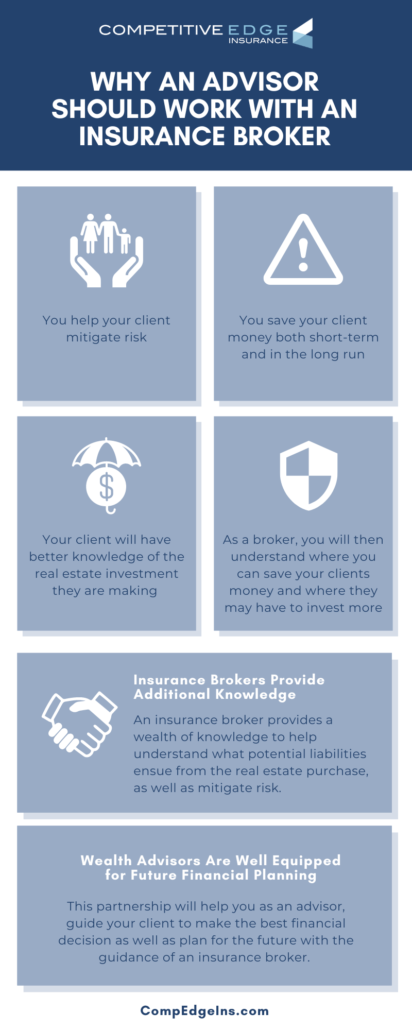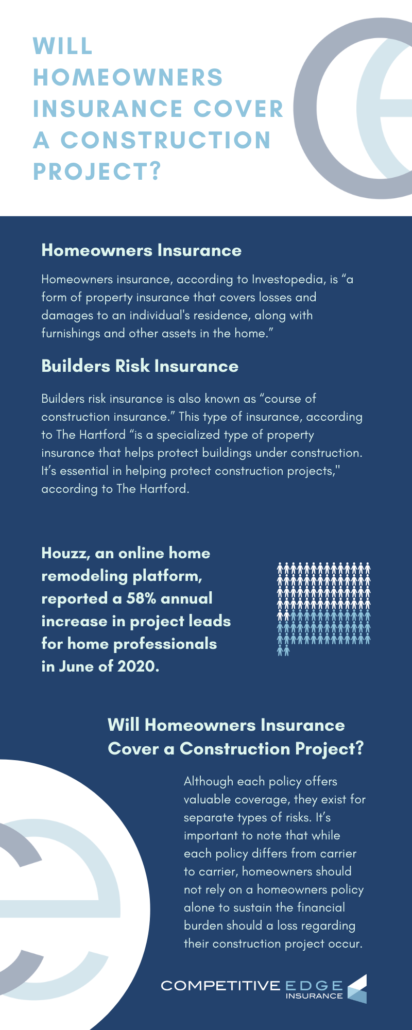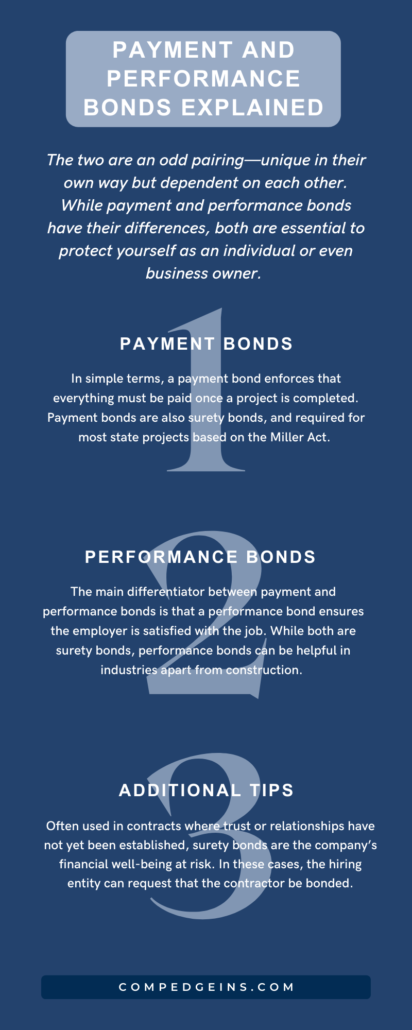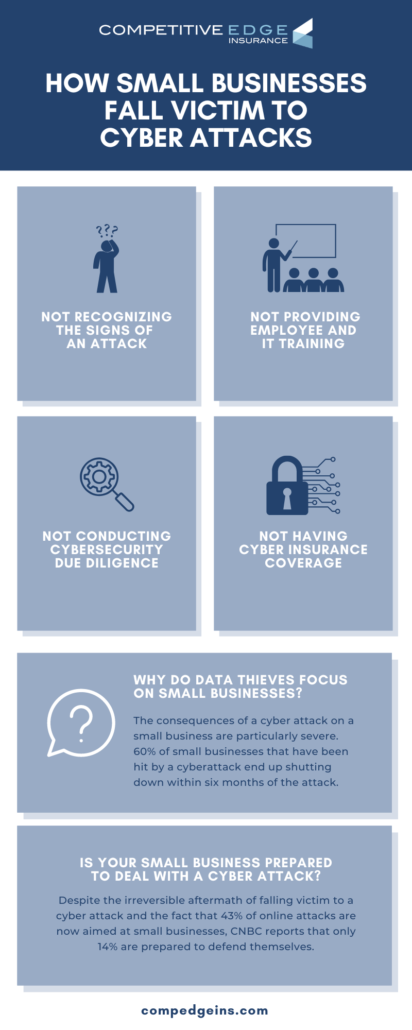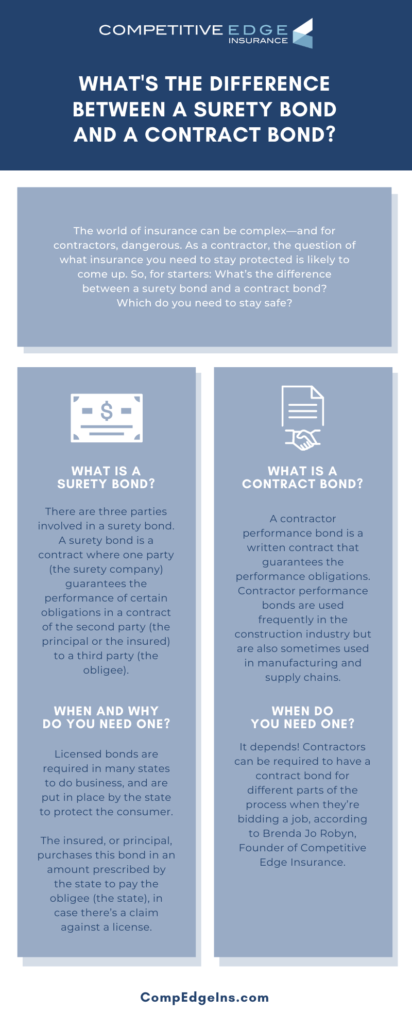Additional Insured vs. Loss Payee: What’s the Difference?
There are a lot of terminologies to keep track of in the commercial insurance world—two of them being additional insured and loss payee.
While additional insureds and loss payees are endorsements that extend insurance coverage to a third party, there are key differences in the scope of coverage provided in each.
Below, we’ll discuss the difference between an additional insured vs. a loss payee.
Additional Insured
An additional insured is a third party—either an individual or business entity—who is added to an insurance policy at the request of the named insured because they have a liability exposure in the relationship.
Typically, an additional insured would be someone who is working with the named insured on a project. For example:
- A business partner
- Contractor
Insureon provides a great example: Say “the owner of an office building hires a janitorial company to clean its premises. If a visitor gets injured after tripping on a box the owner left in a hallway, the janitorial firm could be exposed to litigation.”
Therefore, “to protect itself, the janitorial company would ask the property owner to list it as an additional insured on the owner’s general liability insurance or business owner’s policy (BOP). That way, if the injured visitor sues the janitorial services company for negligence, the building owner’s insurance policy will defend the company.”
When listed as additional insured, the party is then protected under the terms of the policy just as the named insured.
Loss Payee
A loss payee, on the other hand, is a third party who is entitled to receive payment from an insurance policy in the event of a loss.
The loss payee is typically a lender (i.e. bank, mortgage company, the lender who financed the purchase of a piece of equipment insured under the policy) who has a financial interest in the property that is insured under the policy.
If that property is damaged or destroyed, the loss payee will receive compensation from the insurance policy.
Sound a little complex? Here’s a great example from Embroker:
You own a pizza restaurant (yum!) To make your delicious pizzas, you’ve rented “your pizza ovens from another company. If you add that company to your commercial property policy as a loss payee, both you and that company could receive payments if a fire breaks out in the restaurant and damages… the rented ovens.”
Why do both parties receive payments? “Because both have insured interest in the property that was affected.” It’s important to note, however, that the loss payee has first rights on insurance claim payments rather than the named insured.
A loss payee is added to a policy via a “loss payable clause,” which is typically added to a commercial auto or a commercial property insurance policy.
Key Differences: Additional Insured vs. Loss Payee
While additional insureds and loss payees are both parties who are protected under an insurance policy, the scope of coverage that each provides is quite different.
The key difference between an additional insured and a loss payee is that additional insureds receive liability protection whereas loss payees receive property damage coverage.
Additional insureds are protected in the same way as the named insured, while loss payees are only entitled to receive payment in the event of a loss.
Moreover, additional insureds are typically added to a policy at the request of the named insured, while loss payees are typically lenders who have a financial interest in the property that is insured under the policy.
When deciding whether to add an additional insured or loss payee to your policy, it’s important to understand the difference between the two so that you can choose the endorsement that properly protects your interests.
Learn More
In any project, it’s important to make sure you have the proper insurance to protect yourself and all parties involved.
A Certificate of Insurance (COI) gives a summary of what coverages someone has, whether it be general liability, workers’ compensation, or property. A COI can also include a description of coverages that might be there or attached; such as additional insured status or waivers of subrogation.
Read on for more on what you need to know about certificates of insurance.

